La Resonancia Magnética ha cambiado el mundo de la imagen de mama y se ha convertido, en una técnica radiológica fundamental en la vigilancia de mujeres con alto riesgo de desarrollar un carcinoma, tanto para evaluar la extensión de la enfermedad, como para el estudio de la mama contralateral en mujeres con un diagnóstico nuevo de cáncer, así como para monitorizar la respuesta al tratamiento.
Este libro nace de la necesidad, no sólo de interpretar la RM de mama, sino también de aprender y enseñar, un lenguaje común apropiado para describir nuestros hallazgos. El American College of Radiology Breast Imaging Reporting and Data System, ha creado un conjunto de reglas para interpretar los estudios de imagen de mama, el léxico BI-RADS, desarrollado para la RM y modelado imitando los equivalentes previos para mamografía y ecográfia. Por tanto, nos sentimos obligados, a crear una guía sobre la RM de mama para ayudar a nuestro grupo y también a todos los radiólogos especialistas en mama, que luchaban con los mismos aspectos de la interpretación y el uso de la terminología.
Para esta obra, hemos seleccionado de nuestros archivos de casos, los ejemplos mas claros y demostrativos para que cada sección, ilustre los posibles aspectos típicos (y no tan típicos) de cada entidad.
Deseamos agradecer a nuestros dedicados técnicos especialistas, residentes, adjuntos y a nuestros estimados colegas dedicados a la radiología de la mama, su apoyo y paciencia en este último año y sus aportaciones en forma de casos ejemplares. Por encima de todo, deseamos expresar nuestro agradecimiento a las pacientes que nos confían su cuidado y nos permiten seguir aprendiendo cada día.

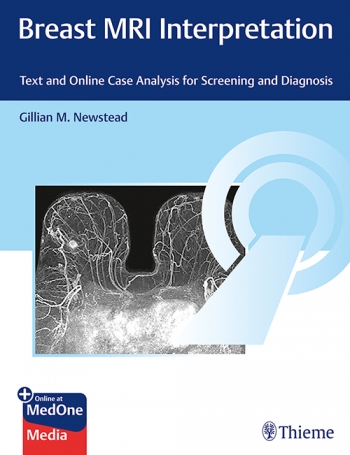

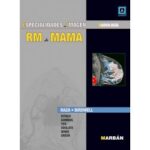
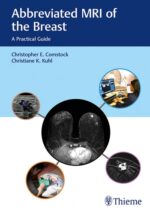
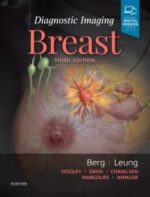


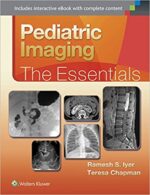
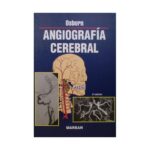

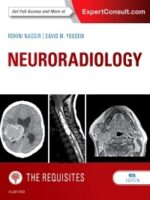
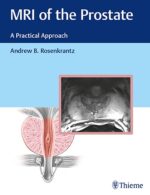
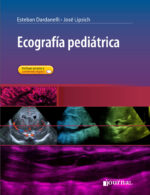
Be the first to review “Breast MRI Interpretation”
You must be logged in to post a review.